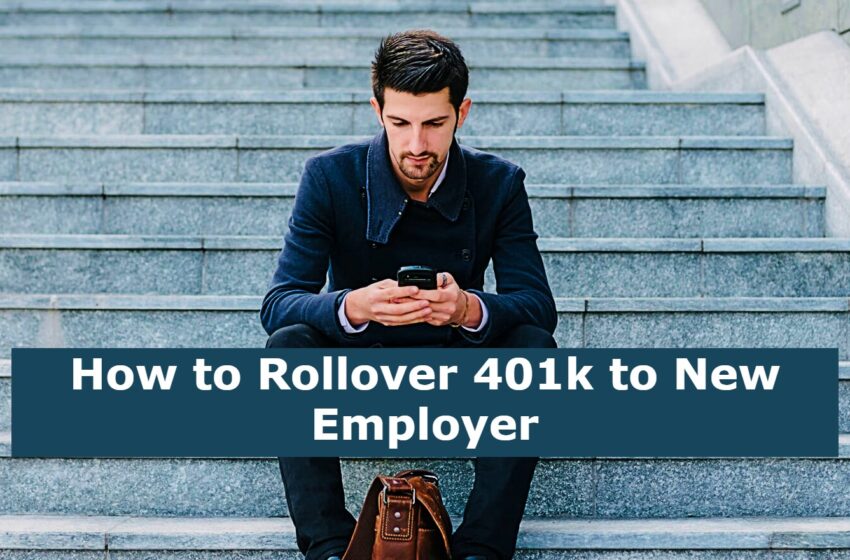
How to Rollover 401k to New Employer
There are several options that you have if you want to transfer your 401k to a new employer. You can either do it directly or through an IRA rollover. If you are not sure how to go about it, you should consult a tax professional.
Direct rollover
If you have a 401k at your old employer, you may want to consider rolling it over to your new employer’s plan. This can be done in two different ways, and both involve a significant amount of paperwork.
The first option is known as a direct rollover. With this method, your former employer’s 401(k) plan administrator will transfer your money directly to your new account. You’ll receive a check made out to your new financial institution. However, you must deposit the funds into your new account within 60 days. Otherwise, you’ll have to pay a 10% penalty.
A second option is called an indirect rollover. An indirect rollover is similar to a direct rollover, except you’ll have to withdraw from your old 401(k) and deposit it into your new account. You must also make sure that you follow all of the instructions provided by your IRA institution.
Regardless of which type of rollover you choose, you’ll need to get the necessary paperwork from your previous employer. If you don’t, you could wind up with penalties or extra taxes on your savings.
IRA rollover
If you have a 401(k) plan at a previous employer, you might want to roll it over to a new employer. You can do so in a number of ways. But before you decide, you should consult a tax advisor. The IRS may also allow you to waive the 60-day rollover rule.
When you roll over your finances to a new employer, you will need to follow the procedures of the new plan administrator. This can include making a deposit or withdrawing funds. Make sure you are aware of the fees and other charges that may be associated with the new account.
Once you have deposited the money in your IRA, you will be able to access thousands of mutual funds, individual stocks and exchange-traded funds (ETFs). Your investment options will vary from one plan to the next, and you will need to check with your tax advisor to see if the new plan has the types of investments that you’re interested in.
Consolidating accounts without unnecessary tax consequences
If you’re thinking about rolling over a 401k to a new employer, consider the various options. A rollover can provide you with a more flexible and tax-efficient investment opportunity. It also gives you more control over your retirement savings.
Before deciding on a rollover, it’s important to review your existing 401k plan and any fees and investments offered. Your new employer may offer better investment choices or lower fees.
When you rollover your money to a new employer, you can choose a direct or indirect rollover. The former is a straightforward process, while the latter requires a bit more paperwork. You’ll need to follow the new company’s procedures to ensure your funds are deposited into your new account.
For a direct rollover, you’ll want to contact your new 401k provider and ask for instructions on how to do a rollover. Once you’ve followed the procedures, the administrator will send your funds directly to your new account.
When you roll over your 401k to a new employer, you’ll need to monitor your investments for performance. Check on your investment options to make sure they are the right ones for your goals.
Consult with a tax professional
If you’re considering rolling over your 401(k) to a new employer, you should consider a few things. You’ll need to understand the process and fees. You’ll also want to check out the investment options offered. There are three options available: a rollover to an IRA, a direct rollover, and an indirect rollover.
Indirect rollovers are the most risky. Your old employer must authorize the transfer of funds. You may be required to pay income taxes on those transfers. For example, your old employer may withhold 20% of your account balance. This will increase your costs, and you may be subject to additional tax liabilities.
Direct rollovers are preferred. With a direct rollover, you send your money directly to the new financial institution. However, not all plan administrators offer this service.
Before you rollover, you’ll need to choose whether you want to move your finances to an IRA or deposit them into a new employer’s plan. Check the fees associated with each option, as well as the investments offered.


